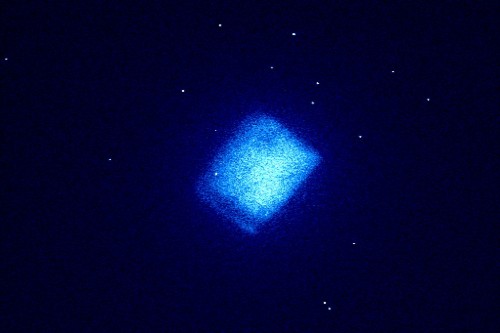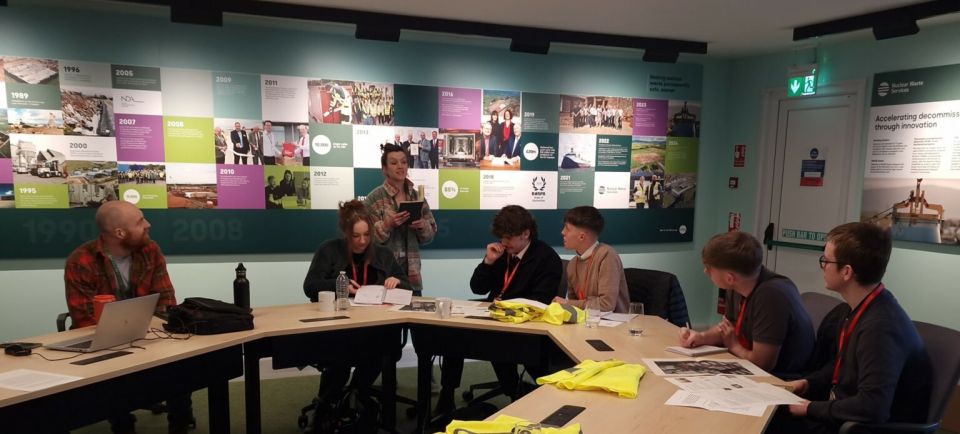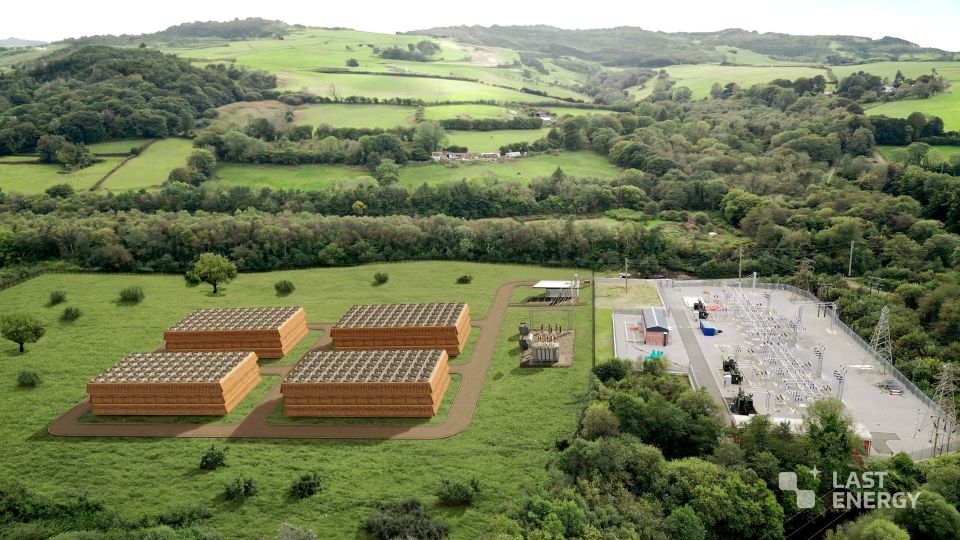A diamond battery for Valentine’s Day?

The world’s first carbon-14 diamond battery became a reality in a United Kingdom laboratory this past December when it was created by scientists from University of Bristol and the U.K. Atomic Energy Authority.

A message from Goodway
Dry Ice Blasting: A Game-Changer for Safe Cleaning and Decontamination in Nuclear Power Plants

The world’s first carbon-14 diamond battery became a reality in a United Kingdom laboratory this past December when it was created by scientists from University of Bristol and the U.K. Atomic Energy Authority.
Amentum plans to add 3,000 U.K. nuclear jobs, receives WM contract
Global engineering company Amentum announced plans on Thursday to create 3,000 new jobs over the next four years on the back of growth in nuclear power and defense in the United Kingdom.The...

U.K.’s NWS gets input from young people on geological disposal
Nuclear Waste Services, the radioactive waste management subsidiary of the United Kingdom’s Nuclear Decommissioning Authority, has reported on its inaugural year of the National Youth Forum...

A wave of new U.S.-U.K. deals ahead of Trump’s state visit
President Trump will arrive in the United Kingdom this week for a state visit that promises to include the usual pomp and ceremony alongside the signing of a landmark new agreement on...

Countering the nuclear workforce shortage narrative
James Chamberlain, director of the Nuclear, Utilities, and Energy Sector at Rullion, has declared that the nuclear industry will not have workforce challenges going forward. “It’s time to...
U.K. program offers young people a look at nuclear careers
Nuclear Waste Services recently hosted a group of five teenagers for a week of exposure to real-world nuclear industry work environments at its facilities in Calderbridge, Cumbria, in...

Last Energy seeks $103.7M for Welsh microreactor project
American start-up Last Energy has received a letter of interest from the Export-Import Bank of the United States (EXIM), confirming the bank’s willingness to move forward with due diligence...

U.S., South Korea explore MOU on nuclear cooperation
The U.S. and South Korea have reached a provisional agreement and are working on a memorandum of understanding to advance the countries’ partnership on civil nuclear energy....

United Kingdom’s nuclear waste progress described in report
Nuclear Waste Services (NWS), an organization comprised of the United Kingdom’s Low Level Waste Repository, Radioactive Waste Management, and Nuclear Decommissioning Authority (NDA), has...

Westinghouse AP300 SMR application filed with UK regulator
The United Kingdom’s Department of Energy Security and Net Zero has signed off on Westinghouse’s AP300 small modular reactor earlier this month....

Decommissioned enrichment plant gets second life as safeguards training center
Uranium enricher Urenco welcomed representatives from the International Atomic Energy Agency to an August 19 event to mark the creation of an IAEA Centre of Excellence for Safeguards and...
